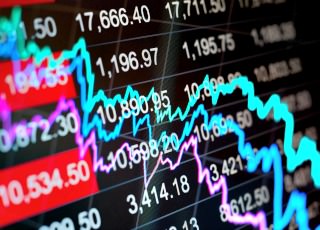CFD trading (Contracts For Difference)
Nowadays, CFD trading is one of the best trading instruments but basic knowledge and skills in their trading must be acquired first. What is CFD? A CFD is an agreement between two parties involving the speculation of an asset’s price movements. The contract involves the exchange of difference in the value of an identified asset between the times when the agreement was opened and closed. The payout is the difference in the prices of the asset between these two periods.
 If the asset increases in price, the buyer will receive the cash difference from the seller. If the asset decreases in price, the seller will receive the cash difference from the buyer.
If the asset increases in price, the buyer will receive the cash difference from the seller. If the asset decreases in price, the seller will receive the cash difference from the buyer.
But unlike contracts in futures, CFDs can be traded indefinitely for as long as these contracts can be supported by sufficient margins. The absence of fixed expiry dates and contract sizes adds to the allure of CFDs among novice and veteran traders.
CFD trading have no restrictions on the following aspects:
• Entry and exit prices
• Time limit in exchanging the price difference of the asset (i.e., positions can be closed anytime during the usual market hours)
• Buying and selling the asset first
CFDs are also traded on a leveraged basis. This means several things:
• Traders are required to make a deposit of a percentage of the trade’s total value, known as the margin. The typical margin is anywhere from 5% to 10% for stocks and 1% for indices.
• Traders should accept that potential profits and losses on the contracts are magnified.
Trading on leverage provides traders with more flexibility and power in earning money, if and when the trades are played well.
Traders neither buy or sell nor own the asset being exchanged. This means that there is neither physical nor legal transfer of ownership of the underlying asset, just speculation on their price movements, unlike in buying and selling stocks.
Cash flows on the CFD trading are calculated daily. During a trade (i.e., while it remains open), the trader’s account will either be credited (dividend adjustments) or debited (daily financing costs). Commissions are paid for opening and closing the trade with the underlying contract value as the basis for calculation.
Terms and conditions of the trades are decided by the broker such that each trade will likely have its own contract provisions.
Traders can go long or short. When a trader goes long, he opens a buy position with the goal of profiting from a price increase. When a trader goes short, he opens a sell position with the aim of profiting from a price decrease.
Related articles
Trading signal service for you!
Understanding a cfd
Guide to futures markets